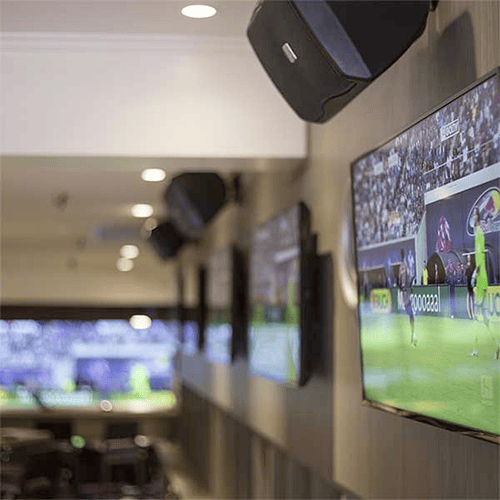Ideal Tactics for Positioning Surveillance Cameras to Improve Monitoring Effectiveness

Positioning surveillance cameras effectively efficiently is crucial to improving surveillance across various environments, including residences, commercial properties, as well as public areas. The primary objective of surveillance cameras remains to deter criminal activity while also offering evidence during instances of events. To achieve this, it becomes essential to take into account various elements, such as camera location, field of vision, and the particular areas that require monitoring. By comprehending these factors, individuals as well as organizations can develop a comprehensive monitoring plan that optimizes the effectiveness of their surveillance systems.
One of the initial steps in placing security systems is to determine critical areas that need monitoring. Vulnerable areas, including entrances, exit points, parking lots, as well as areas with high-value items, must be prioritized. It also important to consider areas not visible, that are locations that may not be seen from certain angles. By charting out these key areas, security staff can ensure that all nook is observed, reducing the chances of illegal activity going unnoticed. Additionally, installing surveillance systems at key points can assist create a complete view of the property, allowing for improved total security monitoring.
The field of a security camera is another crucial factor to consider. Various types of surveillance systems offer varying ranges of vision, which can influence how much area is recorded in the video. For instance, broad-view cameras can cover bigger areas, rendering them ideal for open locations, whereas PTZ systems can be adjusted to focus on particular details. When positioning surveillance systems, it is essential to choose the right type based on the area being observed. This guarantees that the camera can record sharp images and provide important information in case of an occurrence.
Elevation and tilt of installation also play a crucial role in the effectiveness of security systems. Surveillance systems must be installed at a level that remains out of reach of try here potential interference but also enables for unobstructed visibility of faces and additional recognizable details. A typical recommendation is install systems at least 8 to 10 feet off the ground. Additionally, the angle at which the camera remains positioned can impact its ability to capture crucial details. Cameras should be tilted to reduce reflection and avoid obstructions, ensuring that they can capture sharp footage at any moments.
In conclusion, routine maintenance and updates to the surveillance system is essential for long-term efficacy. This entails checking camera performance, wiping lenses, and making sure that firmware remains current. Frequent evaluations of the monitoring strategy can help detect any additional blind spots or areas that might need additional coverage. By remaining proactive and making necessary adjustments, people and organizations can improve their surveillance effectiveness and ensure that their surveillance solutions continue to serve their designated function.